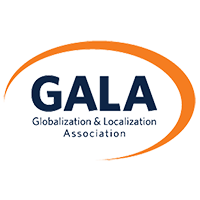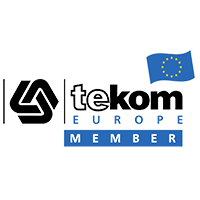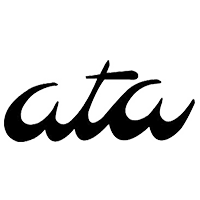7 Common Questions About the New MDR
The May 2021 Medical Device Regulation (MDR) deadline is approaching quickly, but even after last year’s extension there are still plenty of questions about the new regulations that keep popping up.
The European Union (EU) Medical Device Regulation (MDR) EU 2017/745 entered into force on May 25, 2017, with the aim of improving clinical safety and supporting fair market access for manufacturers. The transition period for the regulation will continue into the spring of 2021, having been extended for a year due to the ongoing pandemic. After May 26, 2021, product approvals will have to be made following the new EU MDR process. As the end of the transition period draws near, here are a few questions that we continue to see with regularity along with some brief answers.
Did the existing Medical Devices Directive (MDD) really need to be changed?
In a word, yes. The MDD is now 28 years old, and technology and demographics have changed so rapidly in that time that the MDD was increasingly becoming irrelevant. To cite one glaring example, software as a medical device (SaMD) did not even exist when the MDD took effect in 1992. At the same time, Europe’s population is getting older by the minute, and the advent of the internet has led to a growing push for transparency when it comes to providing technical information on medical devices. Something had to be done, and the MDR is the result.
What are the most important changes to be aware of?
One area to watch closely is the standards affecting software and devices that weren’t previously regulated. Medical device manufacturers also need to look at how existing devices will be classified as well as how existing classification approval requirements will differ. Data from clinical trials and suppliers will be needed to prove that devices and accessories meet the new regulatory standards, and companies will need to establish cross-functional teams to fully assess the regulation, guarantee alignment, and implement changes. This all needs to be done and cleared for medical devices and systems by May 2021, so it’s high time for responsible organizations to get busy making changes as early as possible to make sure there is enough time to certify affected devices.
How many products are contained in the scope of the EU MDR?
Out of 500,000 existing medical devices, it’s estimated that approximately 314,000 will need to be recertified under the EU MDR.
Should we expect any changes to the EU MDR before the end of the transition period?
The European Commission is constantly reworking the MDR, with hundreds of corrections having been made in order to clarify issues and provide clear interpretation of the regulation. It’s fair to expect more changes before May.
Is the cost of MDR certification going to be comparable to the cost of MDD certification?
There are multiple factors to consider when assessing costs (the size of a manufacturer, the number of locations, the complexity of the products, etc.) but the cost expenditure of notified bodies for MDR notification has increased significantly compared to notifications under the MDD. Efforts to maintain the new MDR notification have increased, and so have the specified tasks requiring notified bodies to monitor certified manufacturers throughout the validity period of the MDR certificates. Accordingly, costs for the new conformity assessments will significantly rise in comparison, at least initially.
How is the translation process for medical device manufacturers affected?
Translations have always been important in the medical device industry, helping people all over the world identify and use products no matter what language they speak. Under the new MDR, translations of instructions for use (IFUs), labelling, and safety information are even more important – manufacturers could previously rely on the EU member states for them, but will now be responsible for translations themselves. The MDR requirements for translation are considerably more exacting as well. All translations must now be available in all the EU languages a device will be sold in, all translations must be “clear and precise”, some translations are required prior to CE marking, and all medical device information will be stored in a central European database called EUDAMED so that data in all applicable languages can be logged and exchanged.
What should companies be doing now to be compliant by May?
Responsible medical device manufacturers should be doing as much as they can now in order to be compliant by the end of the transition period in May 2021, including:
- Establishing strong quality management systems
- Beginning data collection activities, including a bill of materials with accurate manufacturer names, part numbers, and part descriptions
- Getting ready to train suppliers on the EU MDR and the new substance list
- Allocating enough time to map supplier responses and collect information
It’s abundantly clear that the new regulation will require medical device manufacturers to work closely with their translation and localization suppliers to guarantee compliance. Your language services provider (LSP) will need to fully understand the implications of the MDR and be able to quickly implement the changes you need. Supply chain transparency and risk management requirements are also going to increase demand for LSPs who can prove quality methodologies that are confirmed by certifications such as ISO 13485:2016.
Our approach
At Argos Multilingual, we’ve got the knowledge and experience to help guide you through the MDR as well as any other regulatory changes you may face. For the answers to any other questions you may have, download our free whitepaper and be sure to check mdreurope.com for additional resources.




